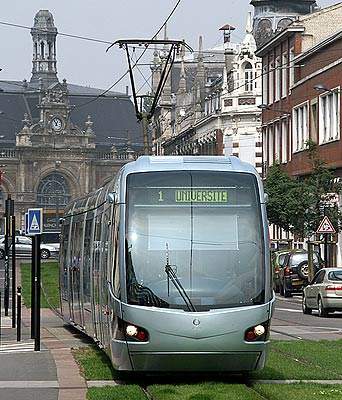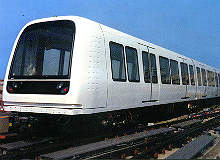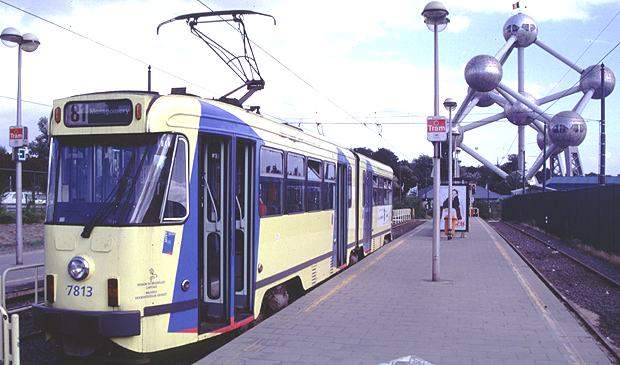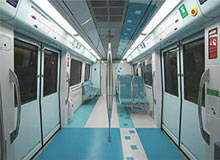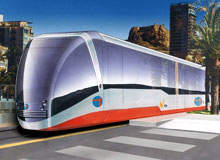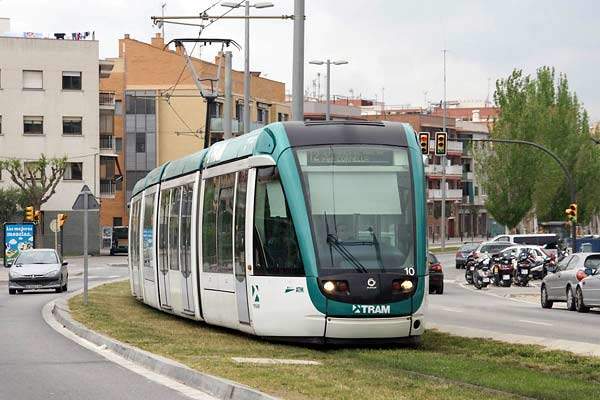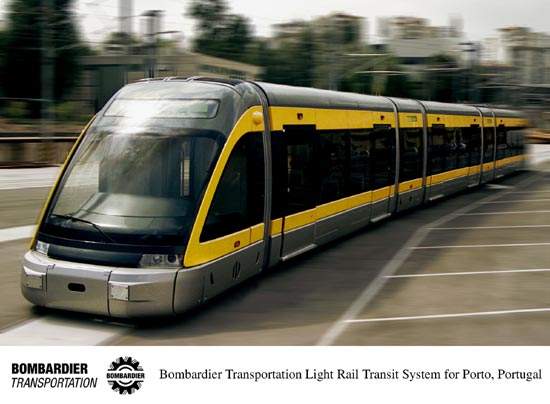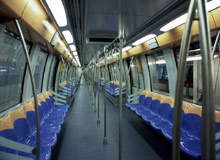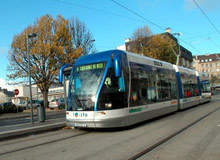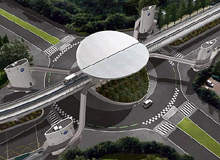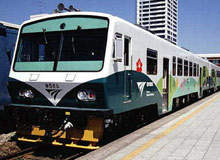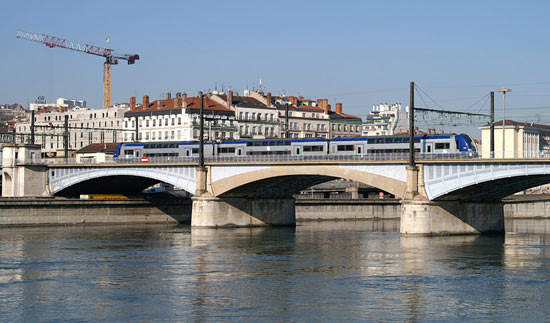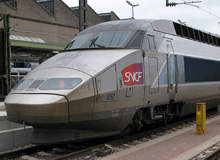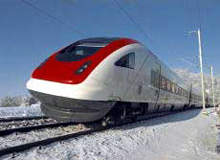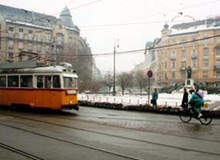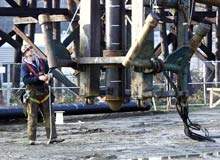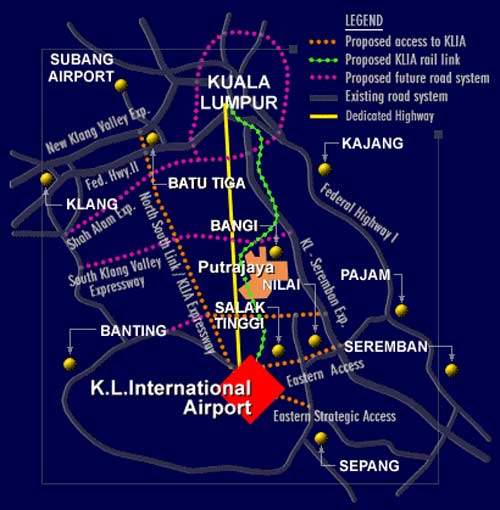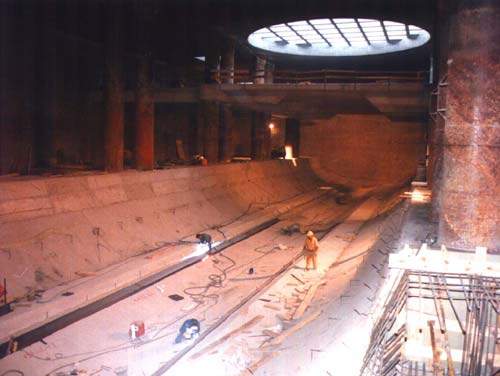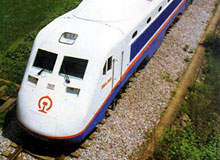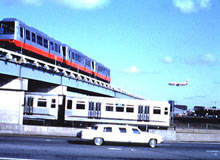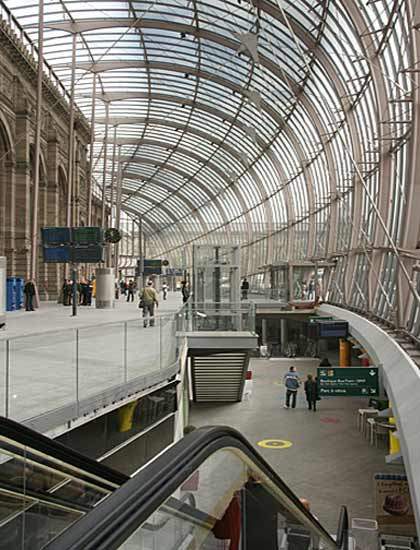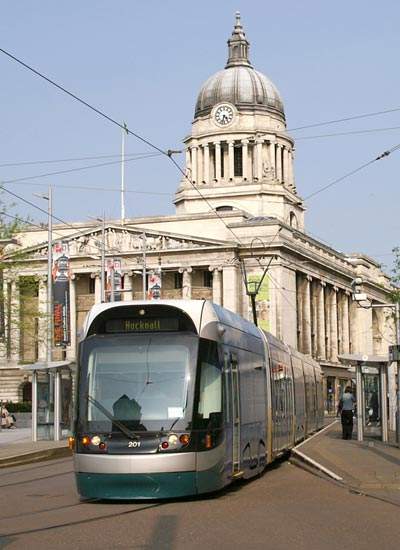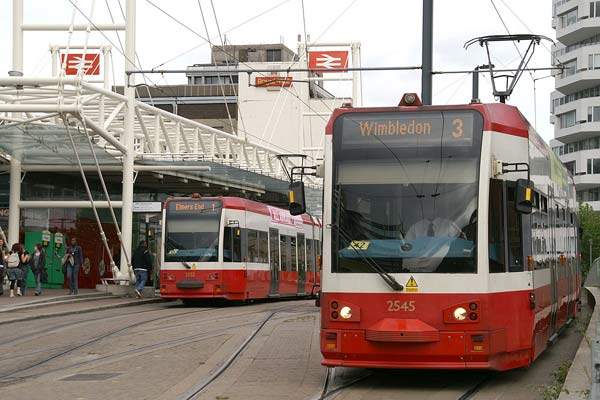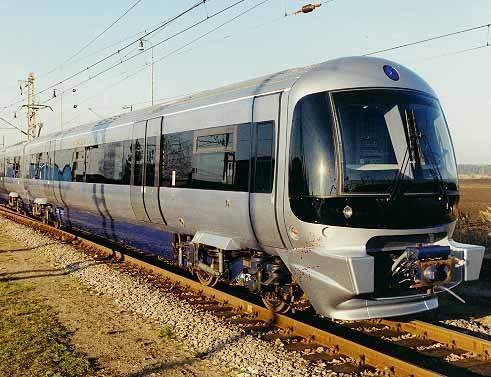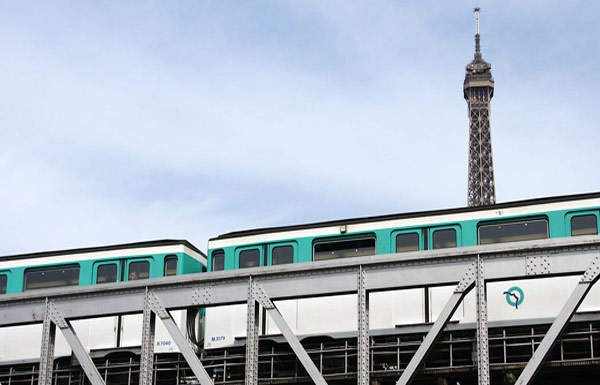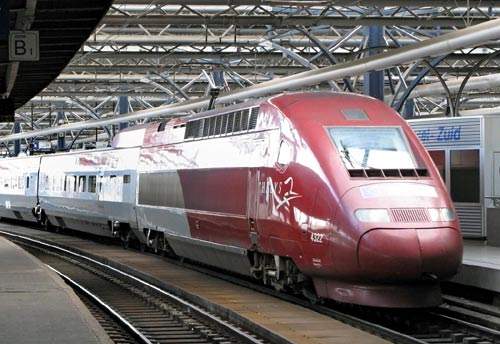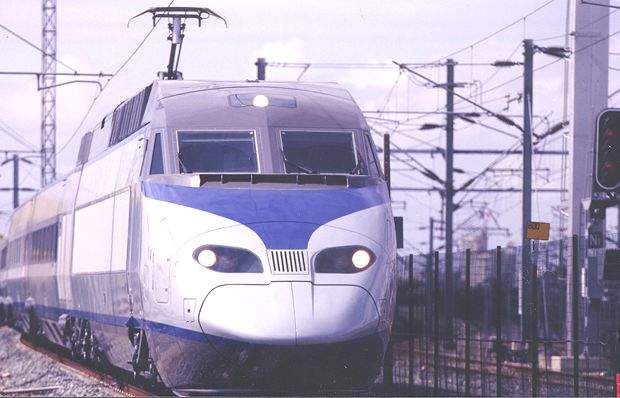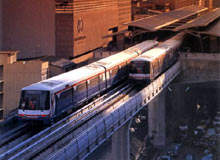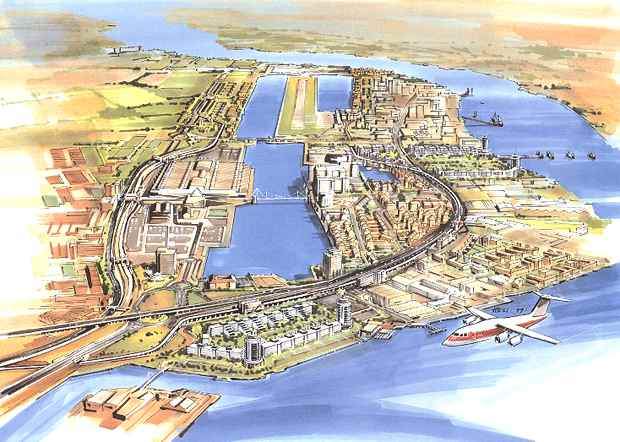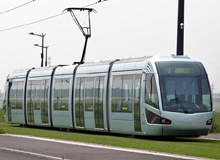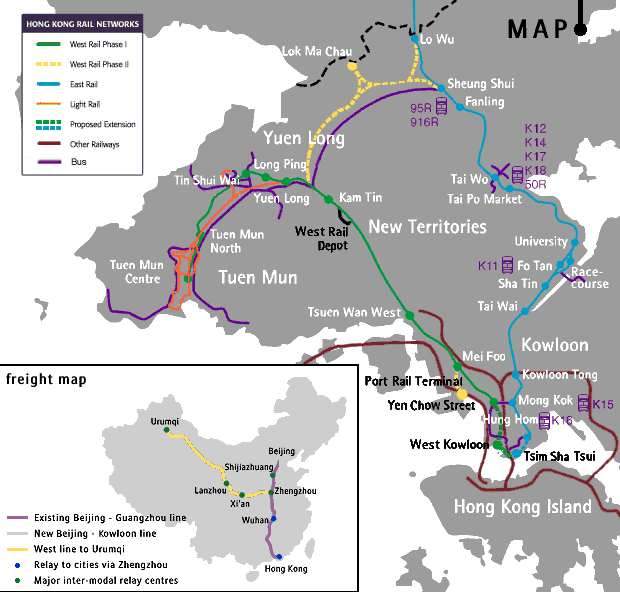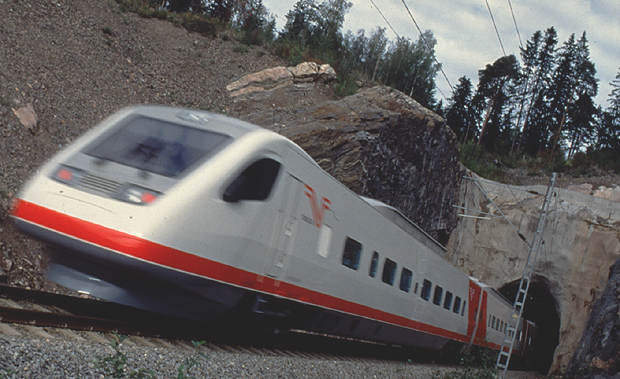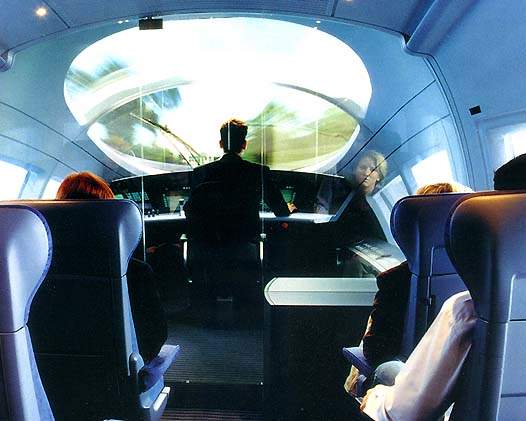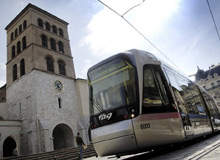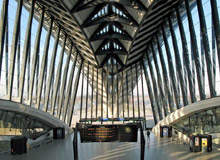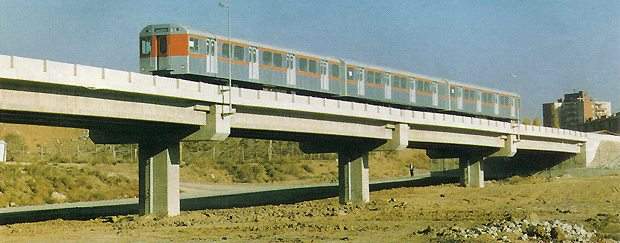Faiveley Transport is a world-leading supplier of on-board railway systems. The company offers a complete scope of vehicle sub-systems including onboard and platform screen doors, pantographs, air-conditioning solutions, onboard electronics, brakes and coupler systems and global customer services.
Thanks to its extended worldwide network, Faiveley Transport can accompany customers throughout their international development. Its commitment in this context goes well beyond a simple sales relationship and enables them to provide local competencies in engineering, production and after-sales service.
Platform screen doors, onboard access doors, moving steps and interior doors
For over 70 years, Faiveley Transport has been at the forefront of door system technology, supplying urban, suburban, mainline and high-speed networks.
Faiveley Transport offers a wide range of passenger access products including platform screen doors, onboard access doors, moving steps and interior doors. Our products and solutions are ideal for both new passenger rail cars or refurbishment programs.
We are committed to providing reliable solutions which meet the most demanding safety requirements.
Air conditioning solutions
For Faiveley Transport, passenger comfort constitutes one of the key factors of success for a train. Faiveley Transport is the world leader in onboard air conditioning systems with expertise in many fields including thermo dynamic, mechanical, electrical, acoustic and temperature systems.
We place great importance on the quality of our products with a commitment to performance and reliability whilst always taking environmental issues into account.
High-voltage solutions – pantographs, switches, contactors, and master controllers
Faiveley Transport is at the leading edge of managing high-voltage solutions including pantographs, power switchgears, contactors, integrated power switching management, roof equipment and safety solutions. With its range of master controllers directly interfacing with the train management system, Faiveley Transport can provide customers with smart and cost effective solutions.
With the most recent development of its Pegase concept, Faiveley Transport is capable of supplying a fully integrated high-voltage roof system providing significant weight and space reduction, providing its customer with a true competitive advantage.
Onboard electronics
Faiveley Transport’s dedicated electronic competence centre designs and produces a wide range of onboard electronic products including:
- Video surveillance systems for monitoring the carriage interior, the track and the access door areas
- A complete range of auxiliary converters (5kVA to 200kVA)
- Double or triple redundancy and odo-tachymetry systems using advanced Doppler radars
- Monitoring systems and crash-resistant event recorders
- Wheel slip and slide protection systems (WSSP)
- Wireless data transmission for operational and / or maintenance data
Thanks to over 30 years’ experience and our investment in R&D, we are masters of the latest technology and provide innovations that offer real progress in terms of technical and economical effectiveness, including the new KATIUM topology, which allows for significant reductions in the volume and mass of an auxiliary converter.
Brakes and coupler systems
The Faiveley Transport brake and coupler product line has always been the benchmark for railway brake systems. It combines proven solutions with advanced innovations in order to supply customers throughout the world with the safest and most cost effective systems.
Faiveley Transport’s modular ranges of pneumatic, hydraulic, electronic control, air supply, couplers and friction brake products allow them to undertake full system responsibility for the customer.
Worldwide service provision – maintenance, installation, renovation, advice and spare parts
Today the requirements of railway industry customers go well beyond the conventional framework of equipment supply or turnkey project management. Faiveley Transport provides pertinent solutions to essential issues such as reliability, availability, maintainability, safety and continuous reduction of operating costs.
A growing number of customers also want to outsource services. Here again, Faiveley Transport provides an inclusive solution to human resources and equipment resources worldwide.




